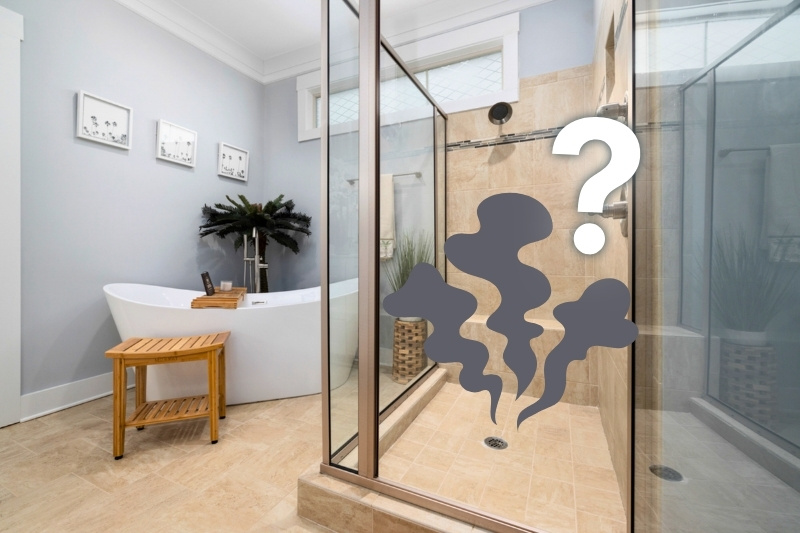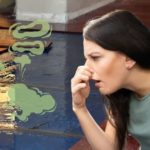You’ve just stepped out of the shower. You’re feeling refreshed, invigorated, and ready to tackle the day ahead.
But stop. Instead of being met with Eau de Floral Paradise, you’re met with Eau de Sewer! Yuck. What’s that putrid smell?
Is it a ghost of showers past? A plumbing plot twist? Or is this the universe telling you not to take such hot showers?
Sadly, your fragrant fiasco isn’t half as interesting as these scenarios. In reality, it’s most likely that some plumbing, waste products and ventilation are at fault.
What Causes a Bathroom to Smell Bad After Showering?
Here are the most common reasons why your bathroom transforms into a stink sanctuary post-shower. Check out the solutions, too, so you can get yourself out of this pongy predicament.
1. The P-trap is not filled with water
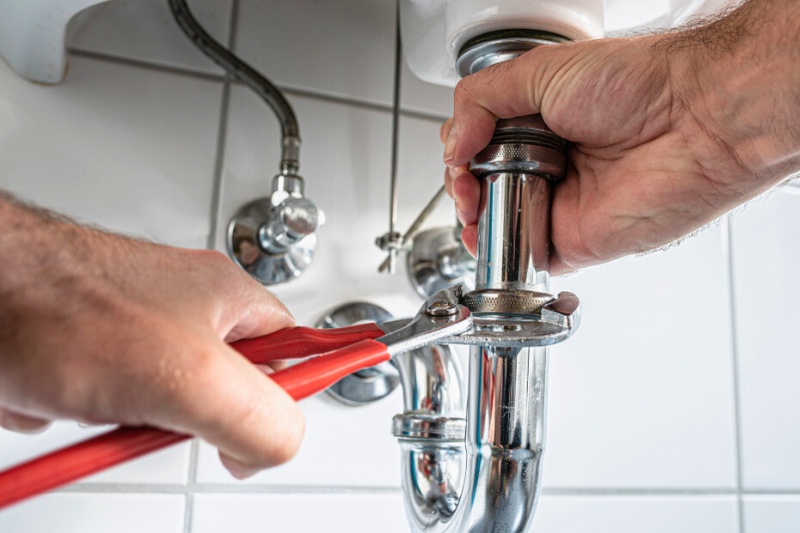
A P-trap is a P-shaped bend that’s located under the shower. Its job is to take the wastewater away from the shower and to the main drain.
It’s natural to assume that the P-trap should be empty because it takes the wastewater away. But this isn’t the case.
The bend in the P-trap is supposed to be filled with a small amount of water at all times.
Why? The liquid essentially acts as a seal, stopping sewer gases from going back up the pipe and out of the plug hole.
Sometimes, the P-trap loses this water, and this is when smells and sewer gases start to permeate through the plughole and into the bathroom.
The most common cause for a dry P-trap is that the system hasn’t been used for a while. For example, if a house has been sitting empty, the shower won’t have been used, so the P-trap will go dry.
Similarly, if you have a guest bathroom that’s not used much, the P-trap can run dry. Due to the lack of water in the P-trap, foul odours are allowed to escape.
In addition, you may also find that the ventilation system running alongside the P-trap is defective.
In short, you need air in the system to help move the waste and odours along. If this isn’t working effectively, you’ll create a vacuum that sucks the P-trap dry.
Solution
Run water through the trap, and it will refill.
Vents associated with a P-trap can be challenging to repair and sometimes need to be replaced. It is easier to call a plumber to help you with the problem.
2. The P-trap and drain are blocked

The drain and P-trap are subjected to a wealth of dirt on a regular basis. This includes everyday dirt, oil, hair, soap scum, and even small objects.
It should come as no surprise to hear that some of this gunk doesn’t get flushed through the system effectively.
Instead, the grime builds up and blocks the pipework. Consequently, aromas start to flood the shower and bathroom in general.
Solution
Remove obvious blockages from the drain. A quick step is to get rid of the hair circling around the plughole.
Next, clean out the drain by pouring boiling water down it. This will help loosen up any solidified oils.
Next, pour a drain unblocker down the drain to get rid of the toughened dirt and bacteria.
If you’d like to try a natural alternative, put one cup of bicarbonate of soda followed by a cup of white vinegar down the drain. Wait for the fizz, then pour hot water down the drain to take out the remaining grime.
In addition, you should consider ways of keeping the general dirt at bay. For example, you could buy a hair trap to cover the drain.
A hair trap will catch hairs before they go down the plughole. They can also catch small objects you might drop when washing, like earrings and necklaces.
3. A build-up of biofilm in the drain

Biofilm is a collection of microorganisms, like bacteria, that stick together on a surface.
These microorganisms produce a slimy-glue-like substance that helps them attach to surfaces and each other. This slimy layer protects bacteria and allows it to live in a community, making it far more resilient.
You will most commonly know biofilm as that orange-pink slimy stuff you find in the bottom of your bathtub, around the edges of a shower tray, and wrapped around taps and shower heads.
Solution
Scrub the area with a brush, then wipe the entire surface with an antimicrobial solution.
Repeat these steps until you’ve cleaned the whole area (check for biofilm around the shower area, not just the drain section).
Once the general area is clean, coat a long cylindrical tool (like a slim paint roller) in an antimicrobial solution and slot it down the drain.
You can clean out and cover the sides of the drain in the product. Repeat this step until you’ve cleaned out as much gunk as possible.
Alternatively, you could use bleach. However, bleach alone may not cure the entire problem and might only work for a short period of time.
Pour one part bleach and one part water down the drain. Wait, then flush hot water through the drainage system.
You could also take a less chemical route, but again, the overall effect may not be as good.
Pour one cup of bicarbonate of soda down the drain and follow this up with one cup of white vinegar. Wait for the fizz, then flush everything down the drain with hot water.
4. A burst pipe
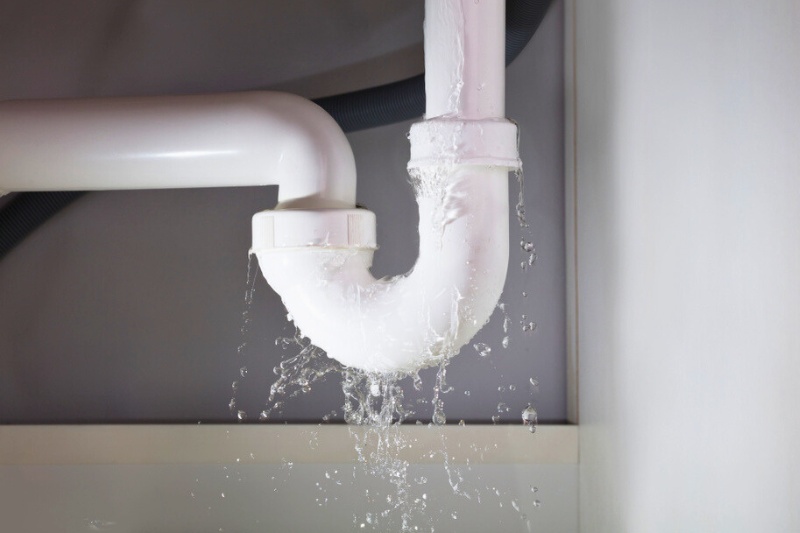
A damaged pipe (for example, loose fittings or old pipes in your home) will allow aromatic sewer gases to leak into your home. The most common odour is hydrogen sulphide, which smells like rotten eggs.
In addition, if you’ve got a leaky problem, you’ll have an excess of liquid in your home, which can lead to considerable damage!
Walls, floors and insulation become saturated with water, and because the problem often goes unnoticed by the homeowner, the issues escalate, and you end up with an expensive fix on your hands.
Solution
Source the leak as soon as you can. Hopefully, you can put a measure in place to deal with the problem while you try to find a permanent fix.
If possible, fix the issue. However, plumbing work isn’t the easiest of jobs to carry out, and you often need knowledge, experience and tools to carry out the work. Calling a plumber to help you with the matter is usually easier.
Keep in mind that if you’ve experienced extensive damage, you may need to replace the whole bathroom. But this is in an extreme situation.
5. Poor ventilation
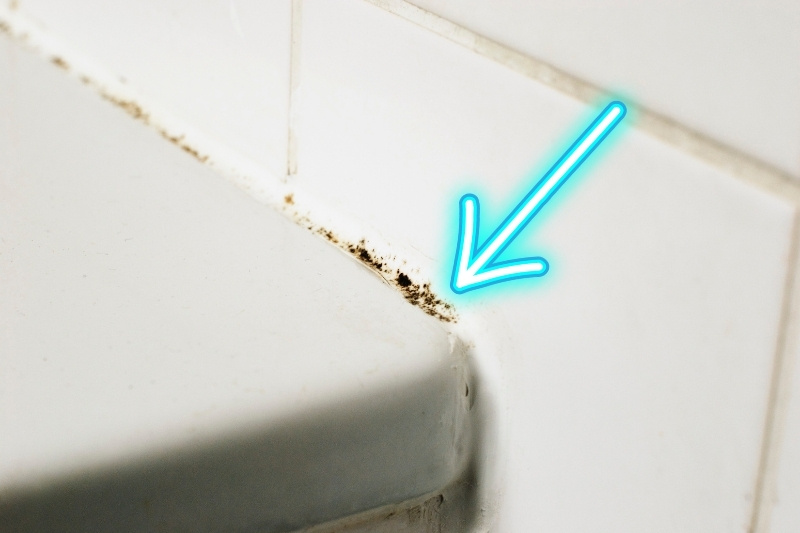
Proper ventilation is vital in bathrooms because they get filled up with lots of warm air, wet objects (for example, damp towels and shower curtains) and moisture (on various surfaces, including tubs and tiles).
Inadequate ventilation can lead to condensation, mould growth and bad smells.
Solution
Ensure there is sufficient ventilation in place. For example, open the windows when showering and use an extractor fan. Doing this will allow a lot of the warm, moist air out of the bathroom.
Clear condensation and mould before they have time to spread and damage surfaces in your bathroom and home.
Try to clean the obvious areas (walls and windows), as well as those not-so-obvious areas (behind the toilet and the squirting boards).
You can use an off-the-shelf mould cleaner to remove mould from bathroom surfaces.
It’s also worth drying and cleaning wet items commonly found in a bathroom, such as towels and bathmats. They hold a lot of moisture and can be a haven for smells!
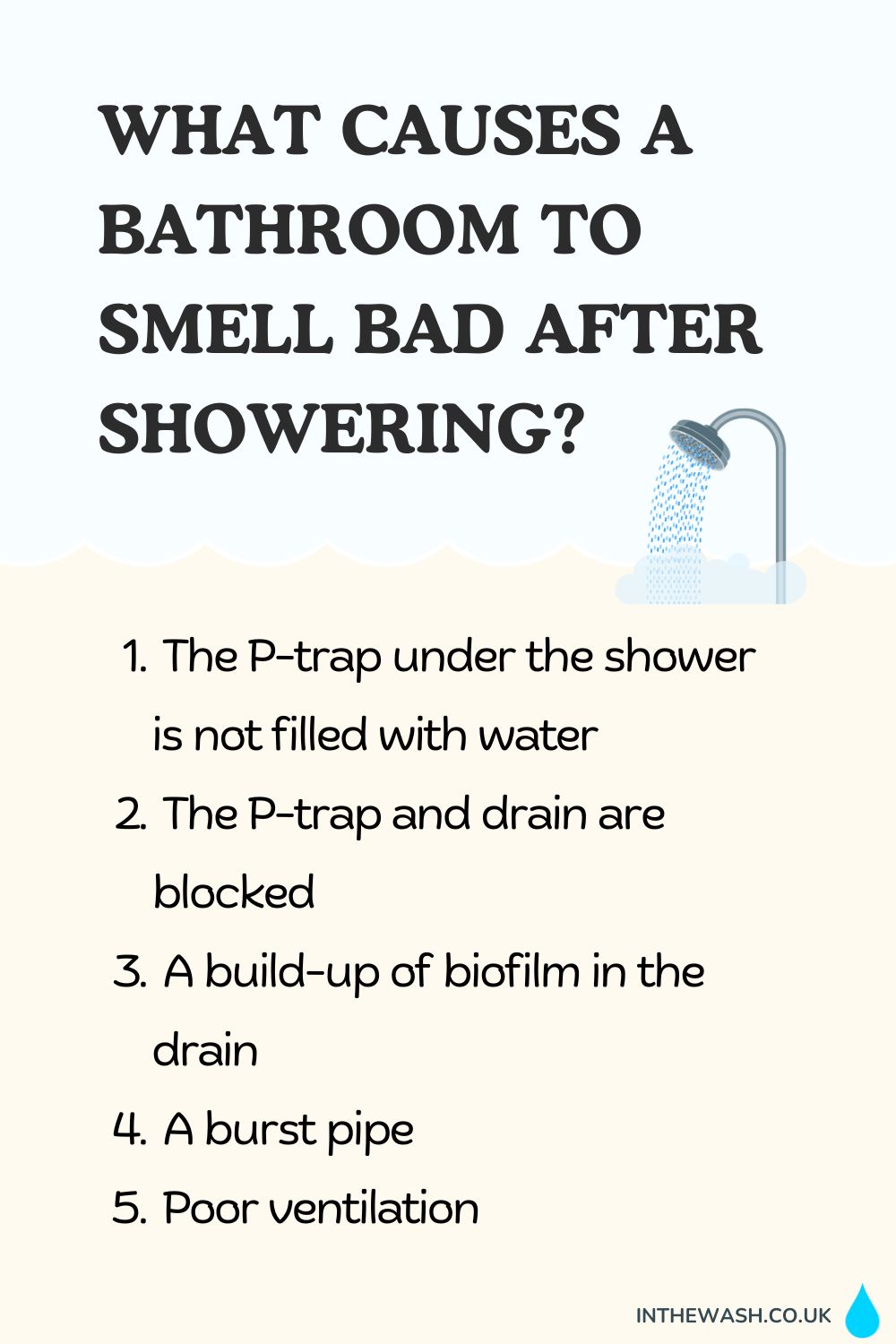
How to Stop Your Bathroom Smelling Like a Sewer
Step 1: Identify the cause
There are many reasons why you have a smelly bathroom post-showering. These include:
- The P-trap is not filled with water. Consequently, sewer gas can escape back up through the drain.
- The drainage system is plagued by dirt and biofilm. The everyday grime and pink slime are making the shower area smell horrendous.
- There is a burst pipe somewhere. The leak has gone unnoticed, and the water has started to seep into the walls and insulation. Consequently, a smell has begun to emerge from specific areas.
- There’s a ventilation issue. Lots of moisture is locked into the room and has given rise to a damp, stale smell.
For more information about causes and solutions, see the section above.
Step 2: Treat the area accordingly
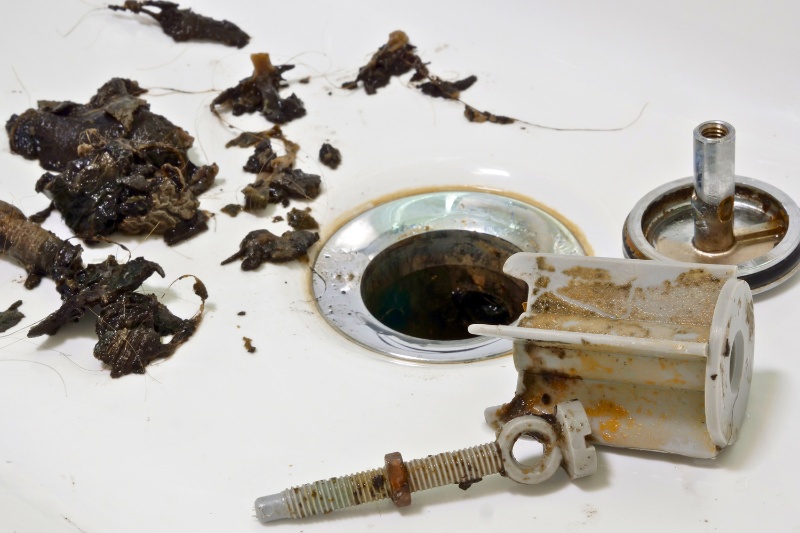
Based on what you believe the cause to be (as mentioned above), you can treat the problem effectively.
For example, flush plenty of water through the P-trap to ensure it is full, remove blockages from the drain, and locate and fix a burst pipe.
For more information about causes and solutions, see the section above.
Step 3: Assess
After treating the problem, take a few minutes to assess how you’ve gotten on.
Sometimes, issues can be fixed quickly. Other times, you’ve got to re-treat an area. And occasionally, you’ll have treated the wrong issue, so you’ll have to start the treatment process all over again.
Tips:
- If you see obvious clumps of dirt and grime along the way, try your best to clear them. This will ensure the general area is clean and that you won’t have to deal with a separate issue later on.
- Change your treatment method. For example, if you’re using one type of cleaner to solve the problem and it’s having minimal effect, consider using another solution.
Step 4: Re-treat the area
Depending on the severity of the situation, you may have to repeat the method above more than once to eradicate the odour in its entirety.
Don’t panic if this is the case. And don’t fret if you have to change your tactics, either. Some smells are trickier to get rid of. Just take your time.
If you’re having trouble, call a professional to help you solve the issue.
Step 5: Walk away knowing you’ve done a good job!
Now you’ve treated the area, and the smell of sewerage has gone, you can sit back and relax!
Over the next few weeks, you should keep an eye – maybe that should be ‘nose’ – on the situation. The problem may return. But if it does, you’ll know how to treat it.
Ultimately, you should be more aware of what could be causing the bad smell, and you should have put measures in place to manage the situation better (for example, regularly cleaning the drain and using hair traps).
When Should You Call a Plumber?
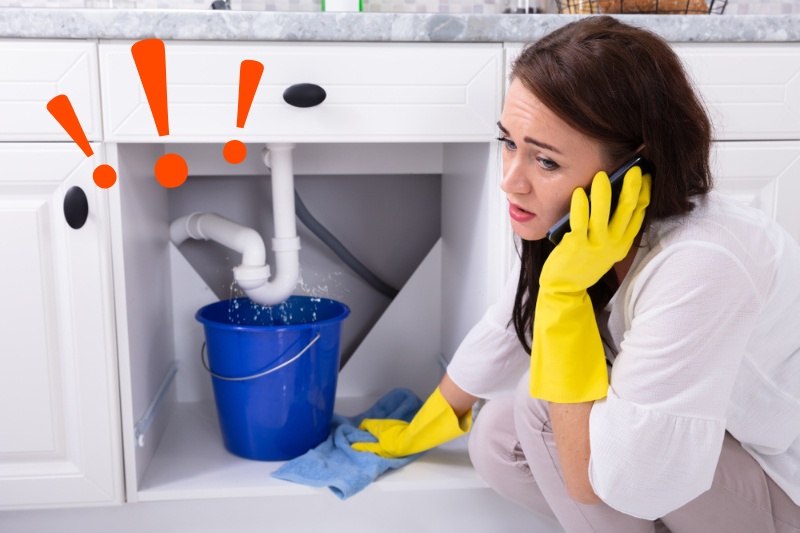
In short, you can call a plumber whenever you feel it is necessary! A call-out fee will be involved, but as long as you’ve assessed your personal situation and decided that this is the best option, go for it.
For example, if you cannot manage the problem mentioned above for whatever reason, you should call a plumber to help you. There’s no point in putting yourself in danger or risk injuring yourself or someone else. Just ask a professional for help.
Additionally, if you’ve tried to find the source of the problem and completed most of the treatments outlined above but have not been successful, it’s time to call a plumber.
A professional in the field will likely have more experience than you, and they’ll have access to different tools and solutions that they can use to source and solve the sewer-smell problem.

Bethan has a passion for exploring, reading, cooking and gardening! When she’s not creating culinary delights for her family, she’s concocting potions to keep her house clean!
